Ccd Cmos
CCD vs CMOS sensor is a big issue, What wikipedia and Howstuff Work says about CCD vs CMOS Sensor, Read the summary given below CCD sensors create highquality image with lownoise CMOS sensors, traditionally, are more susceptible to noise CCD have better light sensitivity compared to CMOS, CMOS traditionally consumes less power.

Ccd cmos. Take a look at QHY CCD and CMOS Cameras, the value leader in exceptional astronomical and industrial CCD Cameras!. DALSA Semiconductors have developed a 100 Million Pixel CCD Image Sensor Chip, which is the world’s highest resolution image sensor chip till date Image sensors convert an optical image to an electrical signal, ie, these sensors sense the light coming through the camera lens and convert them into images. CCD sensors are built using either NMOS or PMOS technology, which was popular in the 70’s but is rarely used today Most modern electronics are built using Complementary Metal Oxide Semiconductor (CMOS) technology, which is a combination of NMOS and PMOS By using CMOS it is much easier to build complex electronics right into the sensor itself.
QHYCCD designs and manufactures highperformance scientific grade CMOS and CCD cameras The QHY line of products include thermoelectrically cooled cameras, high resolution scientific grade cameras, astronomical imaging cameras, digital Xray machine DR cameras, and. In CCD image sensors, each pixel collects light, but then is moved across the circuit via current through vertical and horizontal shift registers The light level is then sampled in the read out circuitry Essentially its a bucket brigade to move the pixel information around which takes time and power. Electronics CMOS imaging arrays, on the other hand, are still in their infancy, but are set to develop rapidly and offer a number of potential benefits over CCDs This review provides an overview of both CCD and CMOS imaging technology, and includes explanations of how images are captured and read out from the imaging arrays.
Trendy CMOS Sensors Are the Technology of the Future for Industrial Cameras There are two types of image sensors for industrial cameras on the market CCD and CMOS sensors The right sensor for any given job is a casebycase question At the same time, the trend seems to be toward CMOS sensor technology as the wave of the future. CCD and CMOS imagers were both invented in the late 1960's CCD became dominant in the market, primarily because they produced superior images with the fabrication technology available CMOS image sensors required more uniformity and smaller features than silicon wafer foundries could deliver at the time. When a telescope imaging camera is designed for astronomy, the raw image collected on the CCD or CMOS sensor is electronically moved off the camera to the astrophotographer's computer for processing Telescope cameras for astronomy are available in a wide price range, and the price difference is driven by two things;.
CMOS need alot of light to produce a good image and with that it does not do well in low light (like the new sony V1U) Now CCD’s produce a great image in low light and moderate amounts of light CCD produces a sharp image in my oppinion and is still beter quality than CMOS. Trendy CMOS Sensors Are the Technology of the Future for Industrial Cameras There are two types of image sensors for industrial cameras on the market CCD and CMOS sensors The right sensor for any given job is a casebycase question At the same time, the trend seems to be toward CMOS sensor technology as the wave of the future. CCD (charge coupled device) and CMOS (complementary metal oxide semiconductor) image sensors are two different technologies for capturing images digitally Each has unique strengths and weaknesses, giving advantages in different applications Neither is categorically superior to the other.
QHYCCD designs and manufactures highperformance scientific grade CMOS and CCD cameras The QHY line of products include thermoelectrically cooled cameras, high resolution scientific grade cameras, astronomical imaging cameras, digital Xray machine DR cameras, and. CCD is a highend technical component used in photography CMOS is used in products with lower image quality The advantages of CMOS are lower manufacturing costs and much lower power consumption than CCD Although there are big differences in technology, the performance difference between CCD and CMOS is not very big. There is no charge transfer register to spill over into Many CCD cameras have antiblooming design features incorporated to allow charge to dissipate without affecting neighbor pixels;.
CCD image sensors use external hardware to convert the analog signal to a digital signal, which is an additional step over a CMOS image sensor A CMOS image sensor already has circuitry at the pixel level, so every pixel on the sensor is read and transmitted simultaneously. Process images faster, which is good for slewing and positioning a mount with a less than accurate GOTO software. The early days of digital cameras were dominated by CCD sensors CCD stands for Charged Coupled Device and these types of sensors are very good However, over time the majority of camera manufacturers shifted design to incorporate CMOS sensors CMOS stands for Complementary Metal Oxide Semiconductor, rather a mouthful and why we use the acronym CMOS instead The majority of consumer and.
CMOS and CCD image sensor technology was developed in the 1960s Although for the last forty years CCD sensors have dominated the market, improvements in CMOS sensor design have catapulted them to a growing market share and the CMOS seems poised to replace the CCD in many applications Often times, customers familiar with the past advantages of CCD sensors question the use of CMOS image. CCD and CMOS sensors are susceptible to different problems — CCD sensors are more susceptible to vertical smear from bright light sources, while CMOS sensors are susceptible to skewing, wobbling and partial exposure However, neither technology is a clear winner over the other in over all image quality. CMOS sensors are catching up and will soon match CCD in terms of resolution and overall quality It's only a matter of time before CMOS catches up They can be manufactured on any standard silicon production line and are much more inexpensive when compared to CCD sensors.
The sensor technology, called CMOS, is increasingly being used in today's cameras, allowing users to shoot 1080p video and apply complex imaging effects with ease Traditionally, CCD sensors have. CMOS sensors are inherently more immune to blooming because the charge converts to voltage in each pixel before readout;. A CMOS image sensor Instead of film, a digital camera has a sensor that converts light into electrical charges The image sensor employed by most digital cameras is a charge coupled device (CCD) Some cameras use complementary metal oxide semiconductor (CMOS) technology instead.
NGC281 Closeup posted in CCD/CMOS Astro Camera Imaging & Processing Close up of the dark clouds in Pacman Instead of the usual widefield of this target showing the Pacman shape, This is a close up of the nebula showing the dust globules and young star cluster The brightest star in the cluster is a mulitple star system whose radiations are sculpting the rest of the dust columns. ZOSI 1/3" CMOS 1000TVL 960H CCTV Home Surveillance Weatherproof 36mm Lens with IR Cut Bullet Security Camera 36PCS Infrared LEDs,100ft IR Distance,Aluminum Metal Housing 43 out of 5 stars 761 $1799 $ 17 99 $1999 $1999. ZOSI 1/3" CMOS 1000TVL 960H CCTV Home Surveillance Weatherproof 36mm Lens with IR Cut Bullet Security Camera 36PCS Infrared LEDs,100ft IR Distance,Aluminum Metal Housing 43 out of 5 stars 761 $1799 $ 17 99 $1999 $1999.
Complementary metaloxide semiconductor (CMOS) sensors were invented around the same time, but until the 1990s, CMOS technology suffered from low lithography resolution and a lack of CMOS fabrication processes CCD as a light sensitive apparatus was soon realized. CCD vs CMOS YouTube In this video, modernday image sensors like, CCD (Charge Coupled Device) and CMOS (Complementary Metal Oxide Semiconductor) have been briefly explained. The Global CCD and CMOS Sensors Market report offers actionable data through the SWOT analysis, Porter’s Five Analysis, Competitors Analysis, Products and Sales Analysis It also includes the major market situations across the globe such as the product profit, price, production, capacity, demand, supply, as well as market growth structure.
This paper provides an overview of both CCD (charged coupled device) and CMOS (complimentary metal oxide semiconductor) imaging array technologies CCDs have been in existence for nearly 30 years and the technology has matured to the point where very large, consistent (low numbers of defects) devices can now be produced. Particularly important for diffraction. One big difference between CMOS and CCD sensing is that each CMOS sensor pixel has its own readout circuit sitting next to the photosensitive area CMOS image sensors are inexpensive enough to be used in smartphones and consume less power than CCD sensors.
A lowcost, highspeed CMOSbased video camera is a huge win over a much more expensive and slower CCD camera In fact, since the signal typically swamps the other important noise factors, I’d say CMOS has already supplanted CCD in this arena For high resolution solar system imaging, I'd dare say CMOS technology has already largely eclipsed. CMOS manufacturers have made great improvements in the image quality that can be obtained, while CCD manufacturers have improved the power consumption and package size As a result, more and more of the less expensive cameras and cell phones utilize CCD technology and you find CMOS sensors being used in professional and industrial devices. The size of the CCD or CMOS sensor and the features of the camera body itself.
CCD and CMOS are chips used in digital cameras When comparing the two chips, CMOS is more flexible, as the pixels in this can be individually read In a CCD digital chip, the charge is transported across it and read at a corner of the array Here, an analogue to digital convertor converts each of the pixel’s values into digital value. CCD (Charged coupled device) and CMOS (complementary metal oxide semiconductor) are both Integrated circuits which have many uses in today's world Since their functions are closely related they are often compared with each other especially by companies trying to win over customers 3. Most astronomy cameras on the market today use a CCD or CMOS light sensor instead of photographic film, and that means the image is processed digitally, either in the camera itself, which is the case with a smartphone, point and shoot or DSLR camera, or on a computer When a telescope imaging camera is designed for astronomy, the raw image.
What on earth is it?!. CMOS (complementary metal oxide semiconductor) and CCD (charge coupled device) image sensors are two different technologies used for capturing images digitally Each imager has unique strengths and weaknesses, providing advantages in many different applications. The video compares the read noise levels in the 460 CCD sensor to the Atik Horizon with it’s CMOS sensor It then touches on the benefits of the Horizon, such as it’s suitability for shorter exposure lengths, before covering the effect stacking sub exposures can have on both types of cameras.
Most astronomy cameras on the market today use a CCD or CMOS light sensor instead of photographic film, and that means the image is processed digitally, either in the camera itself, which is the case with a smartphone, point and shoot or DSLR camera, or on a computer When a telescope imaging camera is designed for astronomy, the raw image. CCDinCMOS process to combine the best of high speed, low power CMOS readout circuitry with lowest noise, highest QE charge transfer domain CCD pixel technologies. CCD camera specifications and features Today CCD/CMOS digital imaging cameras generally come in two main types Mono B&W or one shot color The mono camera type produces images in grayscale only, so to produce color imagery you'll need a set of RGB filters One shot color cameras can, as the name implies, produce color images straight off the bat.
One difference between CCD and CMOS sensors is the way they capture each frame A CCD uses what's called a "Global Shutter" while CMOS sensors use a "Rolling Shutter" Global Shutter means that the entire frame is captured at the exact same time. The early days of digital cameras were dominated by CCD sensors CCD stands for Charged Coupled Device and these types of sensors are very good However, over time the majority of camera manufacturers shifted design to incorporate CMOS sensors CMOS stands for Complementary Metal Oxide Semiconductor, rather a mouthful and why we use the acronym CMOS instead The majority of consumer and. CCD (Charged Coupled Device) and CMOS (Complimentary Metal Oxide Semiconductor) are two different technologies for capturing digital images Both types of imagers convert light into electrical charge and process it into electrical signals With the CCD each pixel's charge is transferred through a single output node (most common) to be converted.
As we’ve seen, CMOS sensors outperform CCD in many respects, particularly as it applies to most surgical imaging, microscopy, machine vision, and broadcasting applications However, there are a few specialized applications in astronomy, particle detection, and certain imaging with motion where CCD technology should be considered. CCD/CMOS/NMOS image sensors for UVVISNIR used for semiconductors, analytical instrumentation, spectroscopy applications and color measurement To use all available functions on this site, JavaScript must be enabled on your browser. CCD/CMOS/NMOS image sensors for UVVISNIR used for semiconductors, analytical instrumentation, spectroscopy applications and color measurement To use all available functions on this site, JavaScript must be enabled on your browser.
CMOS is one of two major types of image sensor technologies used in digital cameras (the other being CCD) The image sensor of a digital camera serves as a digital substitute for film in ordinary cameras The camera sensor captures light, converts it to electric charge and processes it into electronic signals. These cameras are known for their low noise, small rugged form factor, exceptional requlated cooling, and at leading price points These cameras offer a broad selection of choices for One Shot Color (OSC) and Mono cameras with. Today, almost everyone is walking around with a digital camera on a smart phone These cameras utilize either CCD (ChargeCoupled Device) or CMOS (Complementary MetalOxideSemiconductor) chip technology to capture images While they may have different resolutions and features, the bottom line is that they all function in a similar matter.
CCDlike pixels would be able to sum charges without noise but still be produced on a CMOS process This unique approach promised the best of two worlds the noiseless collection and transfer in charge domain of the CCD technology, and the system integration potential that includes low power and fast readout. CCD vs CMOS Image sensors The lines are blurring In machine vision there is an ongoing evolution happening in the type of image sensor bestsuited for various applications, with two camps firmly established CCD and CMOS There is a lot of talk of the increased market share for CMOS sensors, and here we provide some technical analysis of why this is the case. CCD & CMOS Cameras Thorlabs has a diverse offering of CMOS, sCMOS, and CCD cameras Our Zelux™ and generalpurpose cameras provide costeffective imaging solutions with options including external trigger inputs and global shutters.
Depending on the specific CMOS design, it is possible to perform localized charge binning on adjacent pixels if the correct transistor architecture implemented and selected on the sensor design Sensors Full frame vs interline (CCD). CCD (charge coupled device) and CMOS (complementary metal oxide semiconductor) image sensors are two different technologies for capturing images digitally Each has unique strengths and weaknesses giving advantages in different applications Both types of imagers convert light into electric charge and process it into electronic signals. Both CCD (chargecoupled device) and CMOS (complementary metaloxide semiconductor) image sensors start at the same point they have to convert light into electrons If you have read the article How Solar Cells Work, you understand one technology that is used to perform the conversion.
Increasing usages of charged coupled device (CCD) and complementary metaloxide semiconductor (CMOS) image sensors to improve digital images capturing substantiate the market growth Global. Thorlabs has a diverse offering of CMOS, sCMOS, and CCD cameras Our Zelux™ and generalpurpose cameras provide costeffective imaging solutions with options including external trigger inputs and global shutters Our Kiralux®, Quantalux®, and Scientific CCD array cameras can be used in microscopy, materials inspection, and other demanding quantitative imaging applications. Trendy CMOS Sensors Are the Technology of the Future for Industrial Cameras There are two types of image sensors for industrial cameras on the market CCD and CMOS sensors The right sensor for any given job is a casebycase question At the same time, the trend seems to be toward CMOS sensor technology as the wave of the future.
The Altair GPCAM3 385C camera features the new Sony Exmor IMX385 CMOS sensor It has a larger area of 72 x405mm and 2mp resolution, and is the "big brother" to the Sony IMX224, with similar superlow read noise. CMOS manufacturers have made great improvements in the image quality that can be obtained, while CCD manufacturers have improved the power consumption and package size As a result, more and more of the less expensive cameras and cell phones utilize CCD technology and you find CMOS sensors being used in professional and industrial devices. Sony has stopped the production of CCD sensors CCD camera users are now confronted with questions around switching to CMOS technology and the availability of current CCD camera models For us, the move toward CMOS technology doesn’t come as a surprise We started our preparations some time ago and can offer a broad portfolio of CMOS products.

Camera Tab Ccd Cmos Mode
Ccd Vs Cmos Infographic F4news
Lenspen Sensorklear Ii Ccd Cmos Sensor Cleaner With Articulated Tip Shopee Singapore
Ccd Cmos のギャラリー
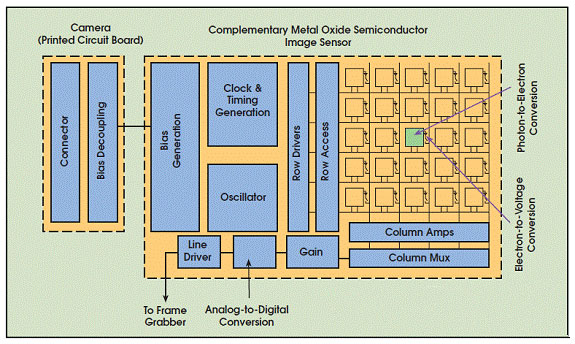
Ccd And Cmos Technology
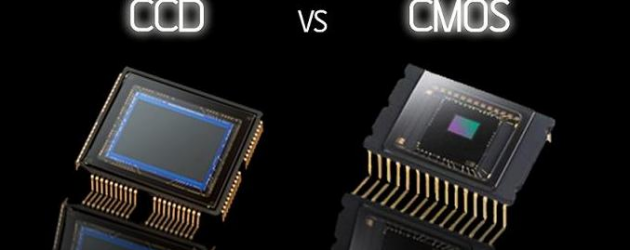
Cmos Vs Ccd

Comparison Of Cmos And Ccd Technology Download Table

Digital Camera Image Sensor Technology Guide Ephotozine
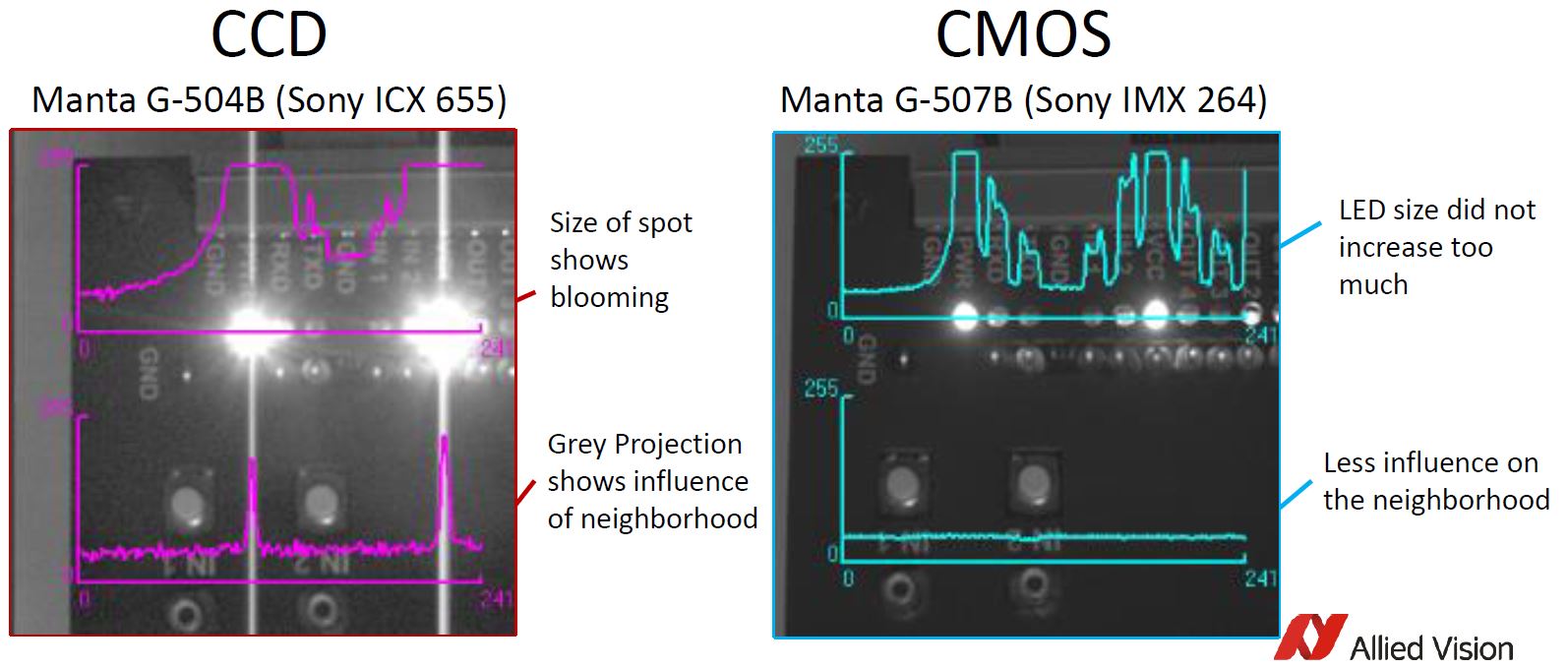
Learn How Cmos Machine Vision Cameras Excel Over Ccd
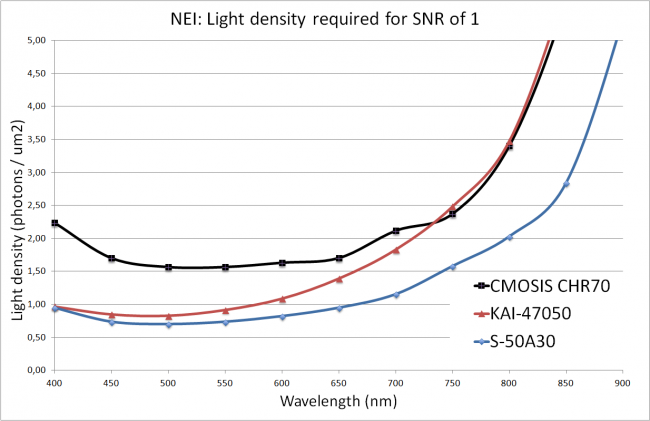
Ccd Vs Cmos Archives Adimec

Faq How Do You Choose Between Ccd And Cmos Image Sensors
A Visual Guide To Ccd Vs Em Ccd Vs Cmos Technical Guides Hamamatsu Photonics
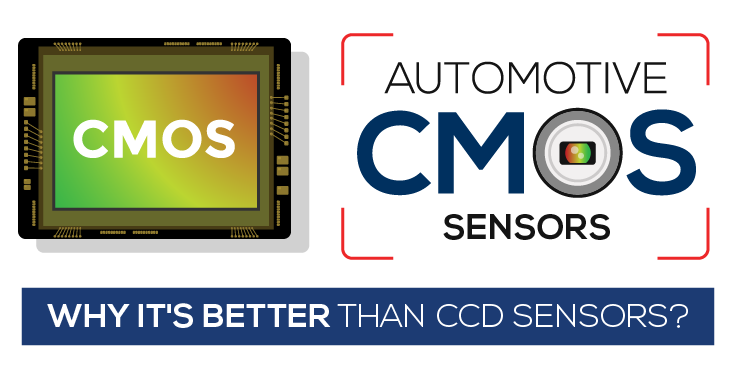
Why Automotive Cmos Sensors Are Better Than Ccd Sensors Infographic

The Difference Between Ccd And Cmos Image Sensing

Fpv Camera Image Sensors Ccd Vs Cmos Oscar Liang
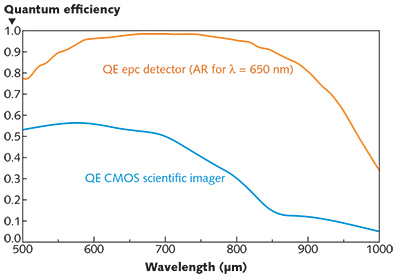
Cmos Sensors Cmos And Ccd Combine In Nir Time Of Flight On Chip Imager Laser Focus World

Ccd Vs Cmos Gatan Inc
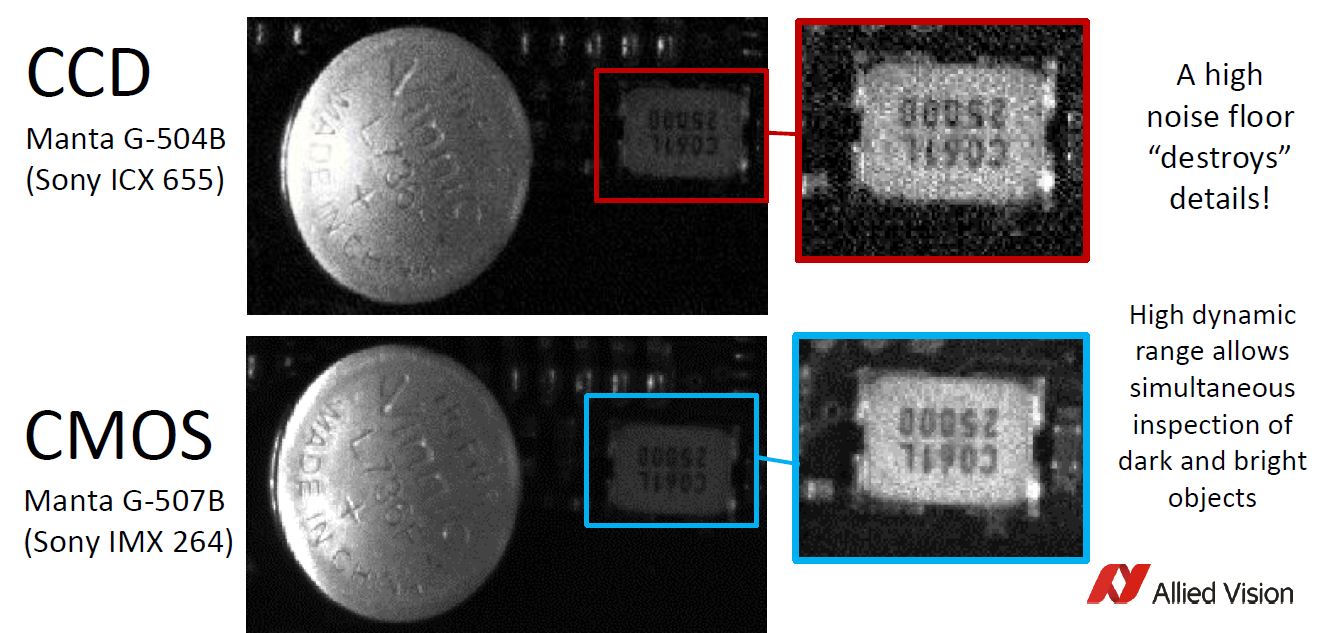
Learn How Cmos Machine Vision Cameras Excel Over Ccd

Best Practices And Tips For Transitioning From Ccd To Cmos Cameras Flir Systems
.jpg)
The Development Of Cmos Image Sensors
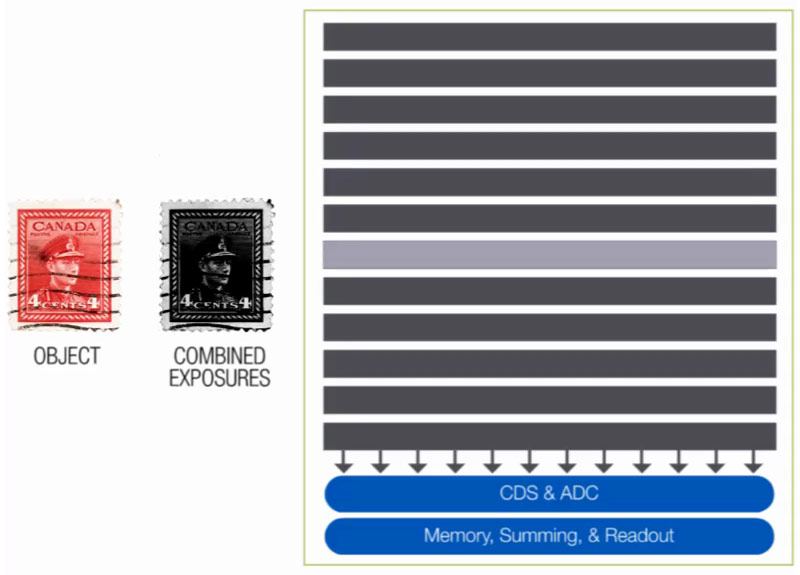
Ccd Vs Cmos Teledyne Dalsa
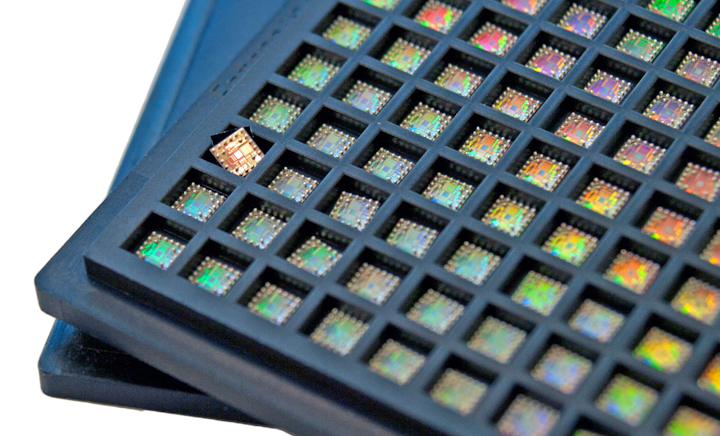
Cmos Sensors Cmos And Ccd Combine In Nir Time Of Flight On Chip Imager Laser Focus World

The Difference Between Ccd And Cmos Image Sensing
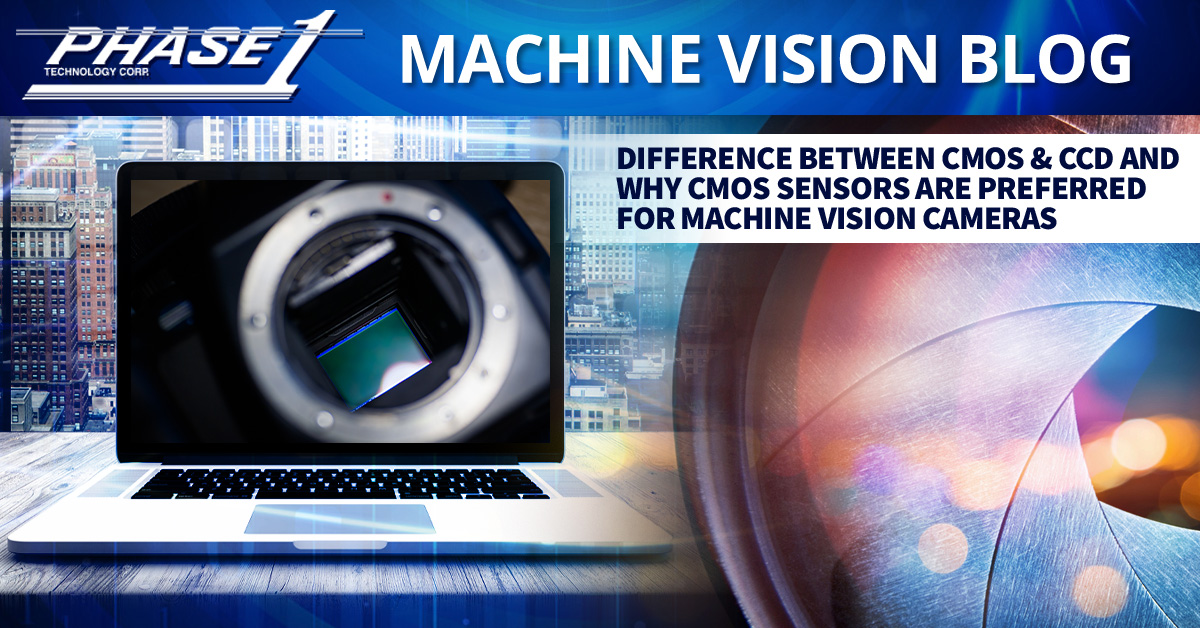
Difference Between Cmos Ccd And Why Cmos Sensors Are Preferred For Machine Vision Cameras Machine Vision Blog

Ccd To Cmos Sensors Framos Framos

Ccd Cmos Image Sensors
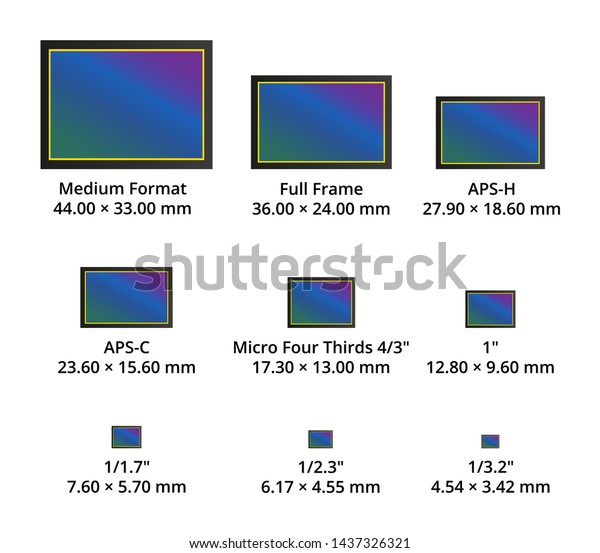
Digital Cmos Ccd Camera Sensor Size Stock Vector Royalty Free
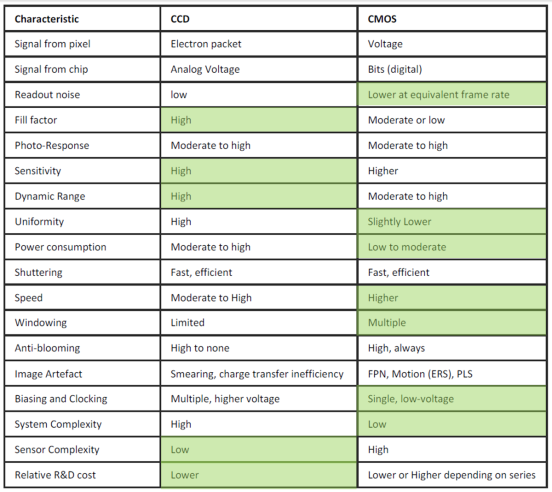
Cmos Image Sensors Cis Past Present Future Coventor
Is This The Difference Between Ccd And Cmos Camera Sensors Nope

Cmos Ccd Image Sensor Royalty Free Vector Image

Should You Use A Cdd Image Sensor Or Cmos Image Sensor Vision Blog
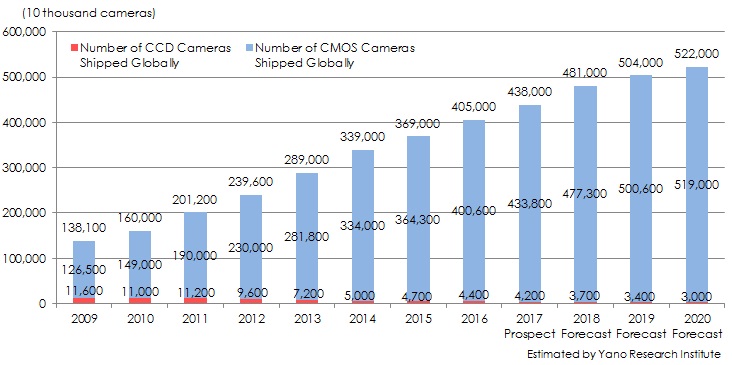
Global Cmos Ccd Cameras Market Key Research Findings 17 Yano Research Market Solution Provider
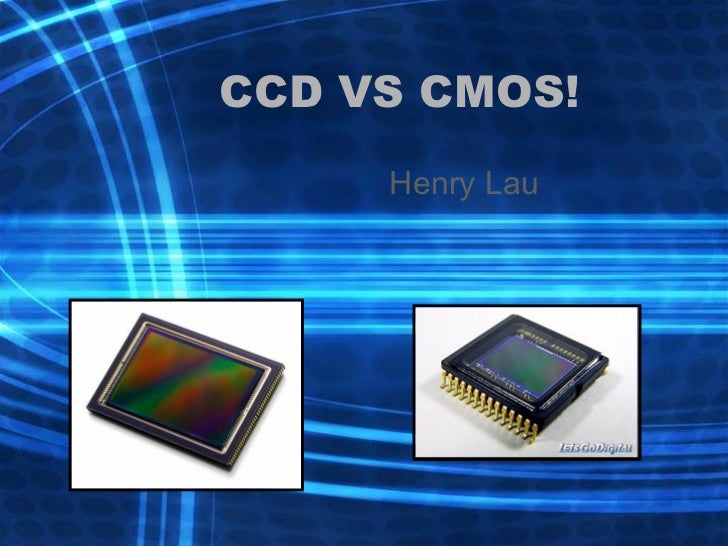
Ccd Vs Cmos

New Type Of Image Sensors Combining Tdi Ccd And Cmos Readout Circuits Hamamatsu Photonics
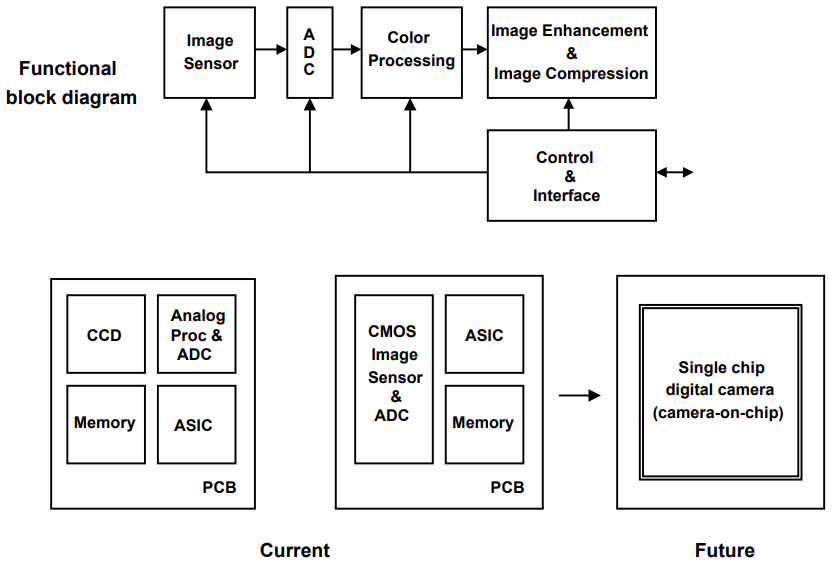
Choosing A Cmos Image Sensor For Camera Systems Blog Octopart

Spectral Sensitivity Graph Of Ccd Sensor Cmos Sensor And Human Eye 3 Download Scientific Diagram

Ccd Versus Cmos Which Is Better Astronomy Scientific Imaging Solutions
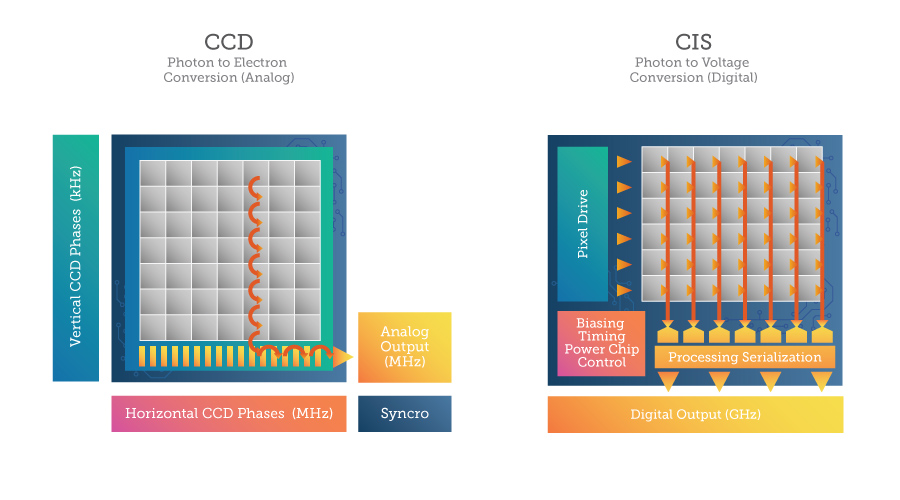
Cmos Tdi A Game Changer In High Fidelity Imaging Possibility Teledyne Imaging

Linespec Cmos And Ccd Array Spectrometers Pt Serviam Abadimurni
Q Tbn And9gcs6ytm Vottkdqkqo4cb3vzowpv1rqj9rmzgi Ewobyfq0g0cqf Usqp Cau

Cmos Ccd Sensors And Camera Systems Second Edition 11 Holst Publications Spie
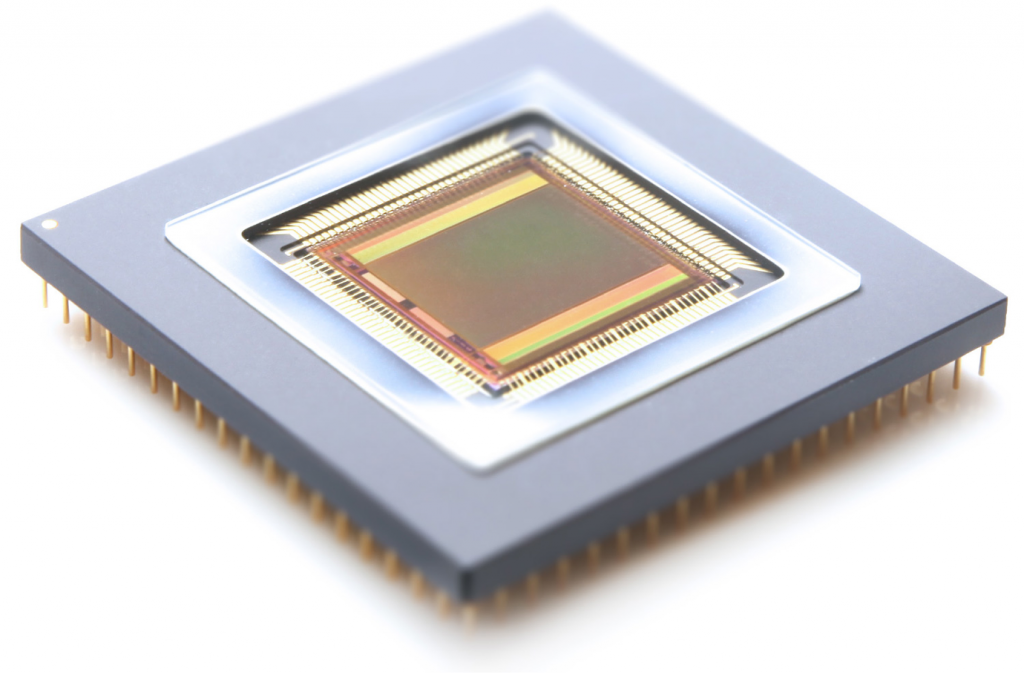
Cmos Sensors Are The Technology Of The Future For Industrial Cameras Edge Ai And Vision Alliance
Ccd Vs Cmos Teledyne Dalsa

Cmos Vs Ccd Videomaker
A Visual Guide To Ccd Vs Em Ccd Vs Cmos Technical Guides Hamamatsu Photonics

Cmos Vs Ccd Sensor Who Is The Clear Winner

Will We Be Saying Good Bye To Traditional Ccd And Cmos Sensors Anytime Soon Diy Photography

Image Sensors Explained How Ccd And Cmos Sensors Works Ccd Vs Cmos Youtube

Change From Ccd To Cmos Sensors In Cameras Basler

Image Sensor Wikipedia
Ccd Cmos Or Scmos All Products Ximea Support

Ccd Vs Cmos Gatan Inc

Fpv Camera Image Sensors Ccd Vs Cmos Oscar Liang

Security Camera Ccd Vs Cmos Image Sensor
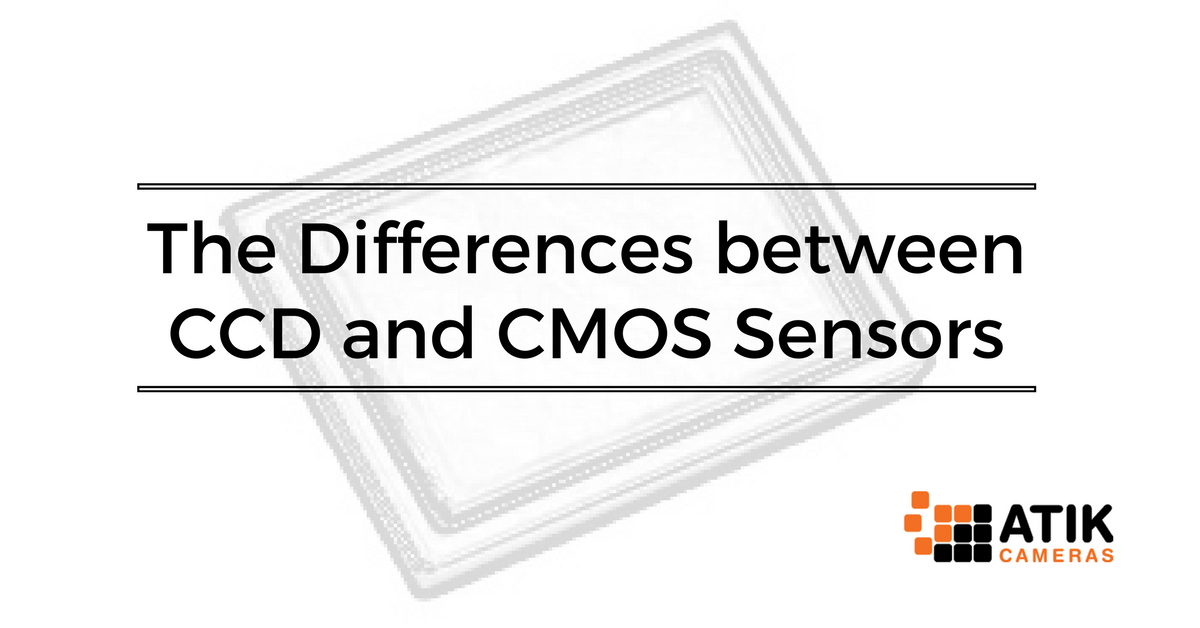
The Differences Between Ccd And Cmos Sensors Atik Cameras

Ccd Vs Cmos Sensor What S The Difference Neutron Guvenlik Sistemleri Guvenlik Kameralari
Q Tbn And9gctocumr0fx2alc3lrsrnokmj1ibv07ezha6bp58ddpntvbmdchy Usqp Cau
Ccd Vs Cmos Infographic F4news

Ccd Vs Cmos Youtube
Image Sensors World Vidicon Vs Ccd Vs Cmos At Cern

Difference Between Ccd And Cmos Youtube
Www Stemmer Imaging Com Media Uploads Cameras Avt 12 14 Allied Vision White Paper Ccd Vs Cmos Pdf

Ccd Vs Cmos Sensors Youtube
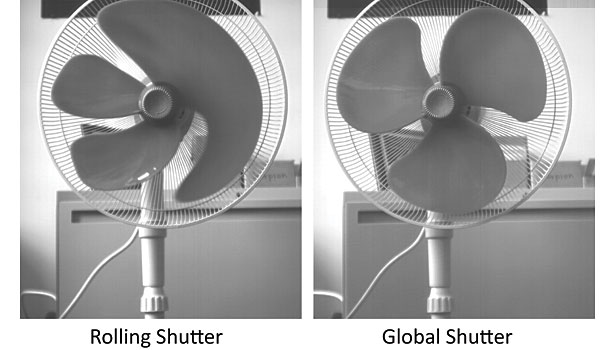
Ccd Cmos Cameras 101 14 03 03 Quality Magazine

Learn Scmos Sensor Technology The Basics

Ccd Dsp Cmos Dsp A Glimpse Of Latest Analog Hd
Q Tbn And9gcri4axlywqq3gd9o22aj3w4 4wxihvt4d4bwwxm Oxtq52vu71c Usqp Cau

Omnivision Cmos Image Sensor Manufacturer Imaging Solutions
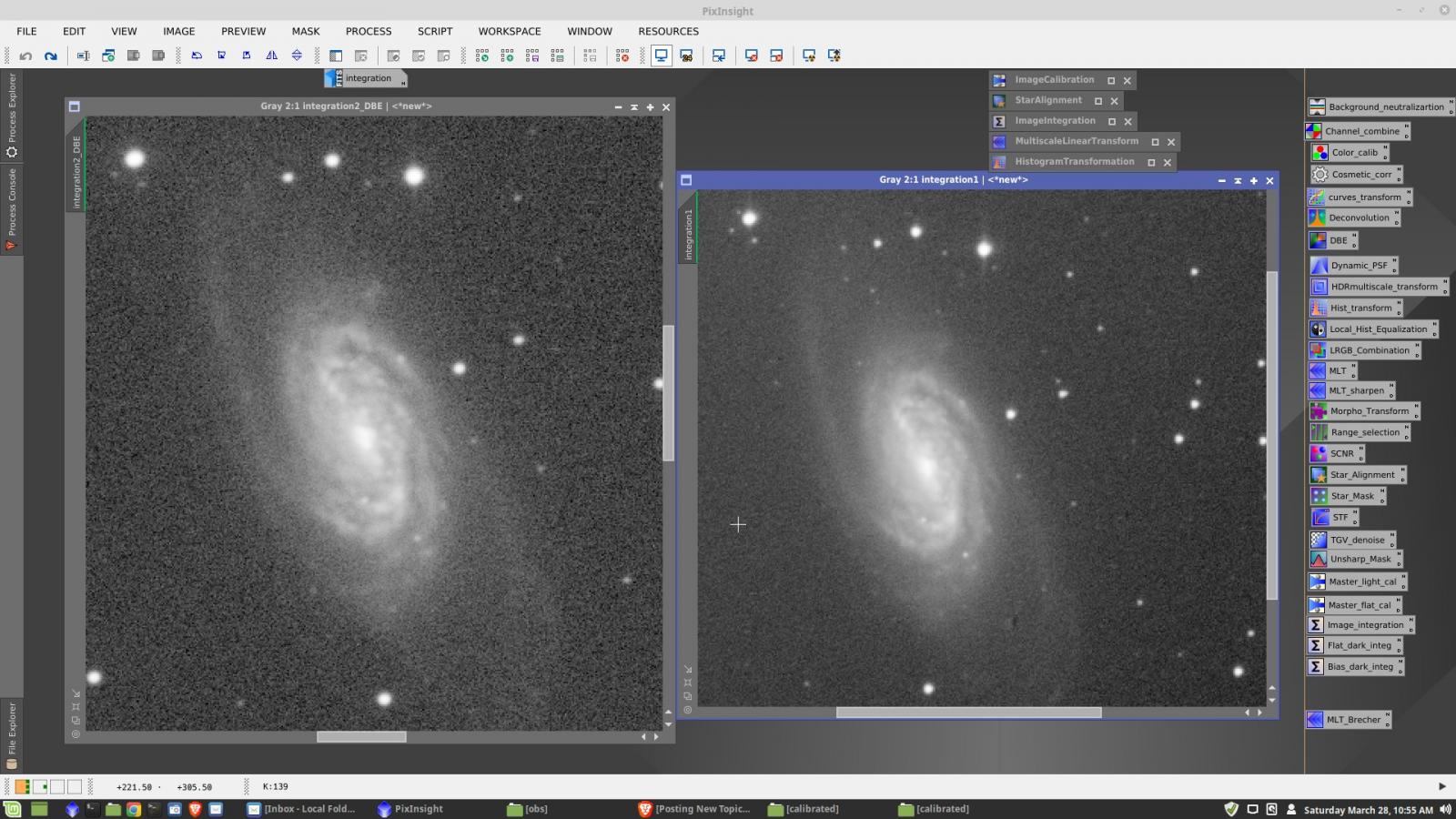
Cmos Vs Ccd Question Experienced Deep Sky Imaging Cloudy Nights
Cmos Fundamentals
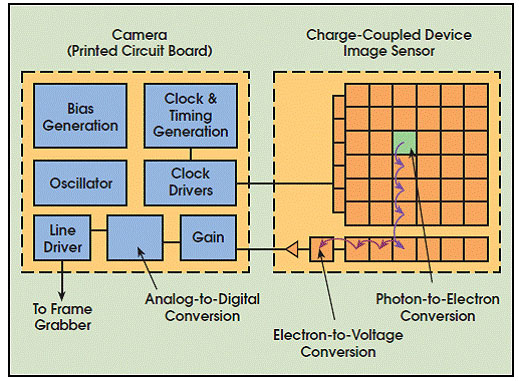
Ccd And Cmos Technology
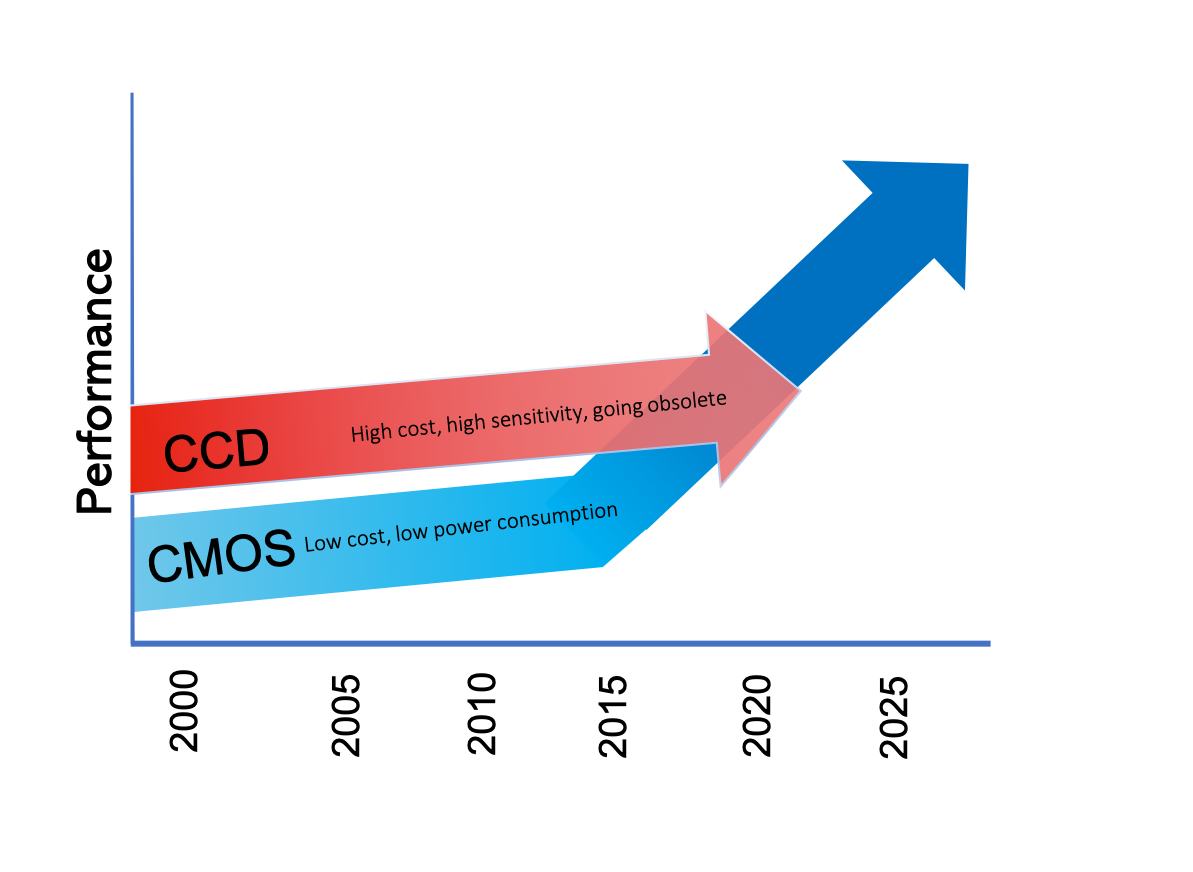
Moving From Ccd Towards Cmos Cameras As Many Ccd Sensors Go Obsolete Adimec
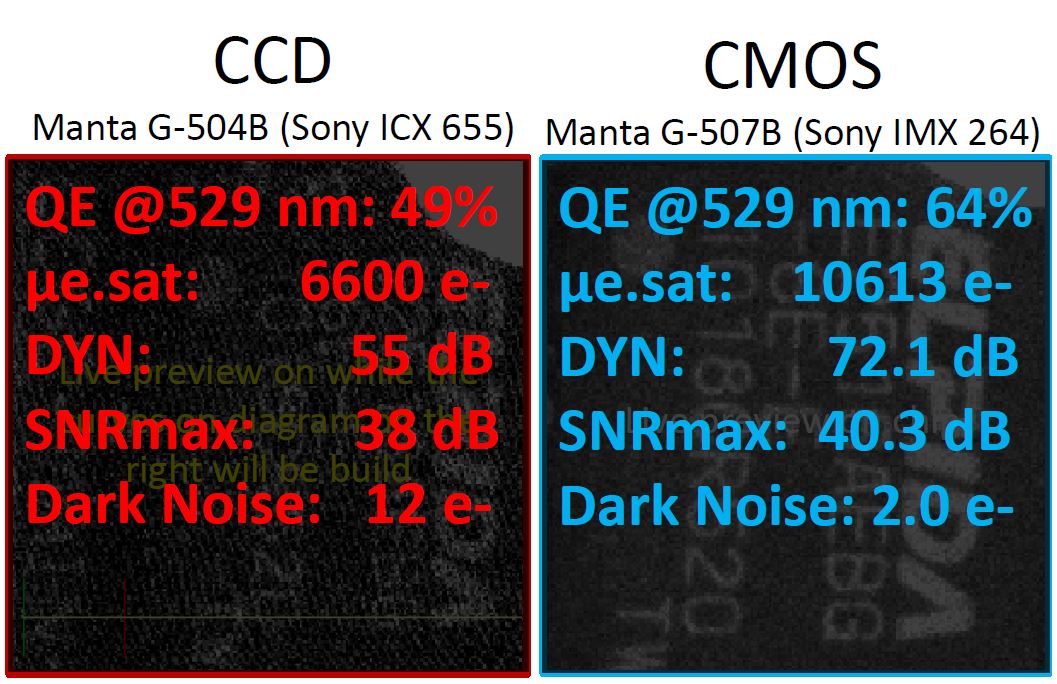
Learn How Cmos Machine Vision Cameras Excel Over Ccd

Ccd To Cmos Sensors Framos Framos

What Are Ccd Or Cmos Image Sensors In A Digital Camera Howstuffworks

Cmos Ccd Image Sensor Royalty Free Vector Image
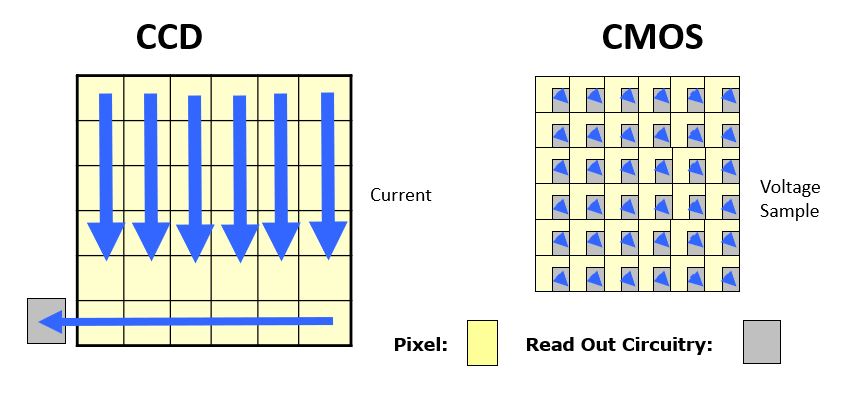
What Are The Benefits Of Cmos Based Machine Vision Cameras Vs Ccd

Ccd Vs Cmos The Differences Between Ccd And Cmos Calibration Files Atik Cameras

Comparing Ccd And Cmos Sensors Ccd Cmos Download Table

The Myth Of The Leica M9 Ccd Vs Cmos Sensors Street Silhouettes
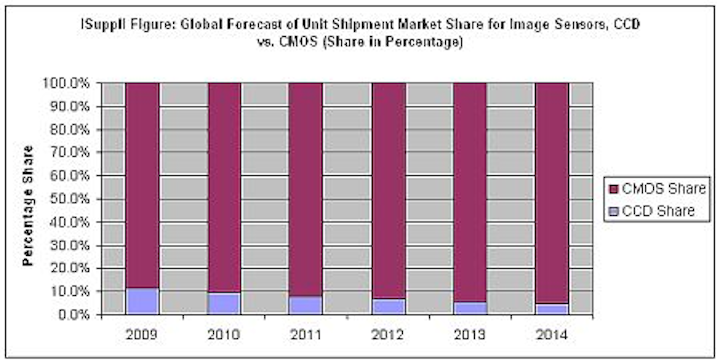
Isuppli Ccds Fall In Image Sensor Market As Cmos Surges Vision Systems Design
Image Sensors World Ccd Vs Cmos Zoom Needed To See Ccd Market Share

Ccd Versus Cmos Which Performs Best Jenoptik

Modern Cmos Cameras As Replacements For Ccd Cameras Tech Briefs

Ccd And Cmos Sensors Tech Briefs

Ccd Vs Cmos Sensor Ccd Holiday Decor Decor

Ccd Cmos Sensor Vector Camera Sensor Stock Vector Royalty Free
.jpg)
Ccd Vs Cmos Which Is Better

Ccd Vs Cmos Teledyne Dalsa

Ccd Vs Cmos Which Sensor Is Better Susan Zheng S Tech Notes
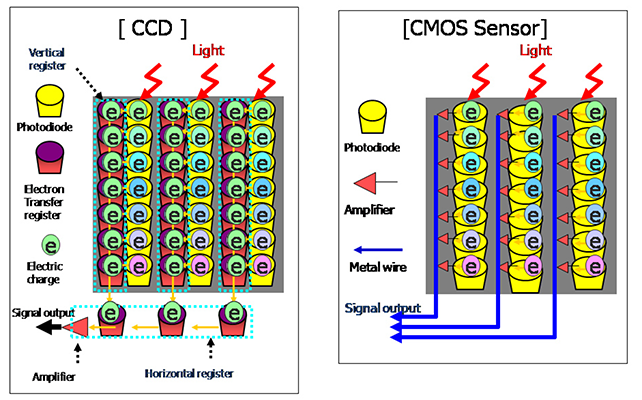
Sony Will No More Make Ccd Sensors Future Is Cmos Only Sonyalpharumors

Ccd Vs Cmos Image Sensor Technology Get Cctv Security And Surveillance Cameras From 2mcctv

Ppt Ccd And Cmos Sensors Powerpoint Presentation Free Download Id
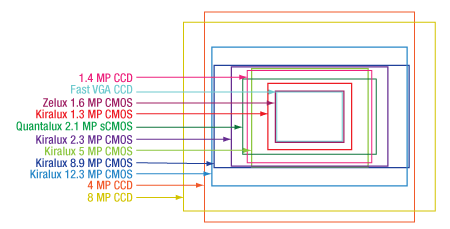
Camera Basics
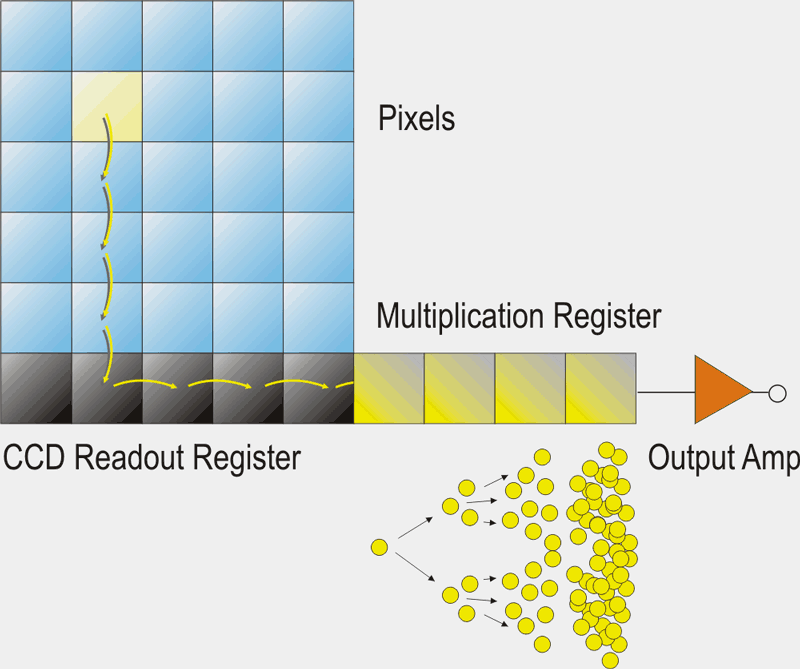
Ccd Vs Cmos Teledyne Dalsa
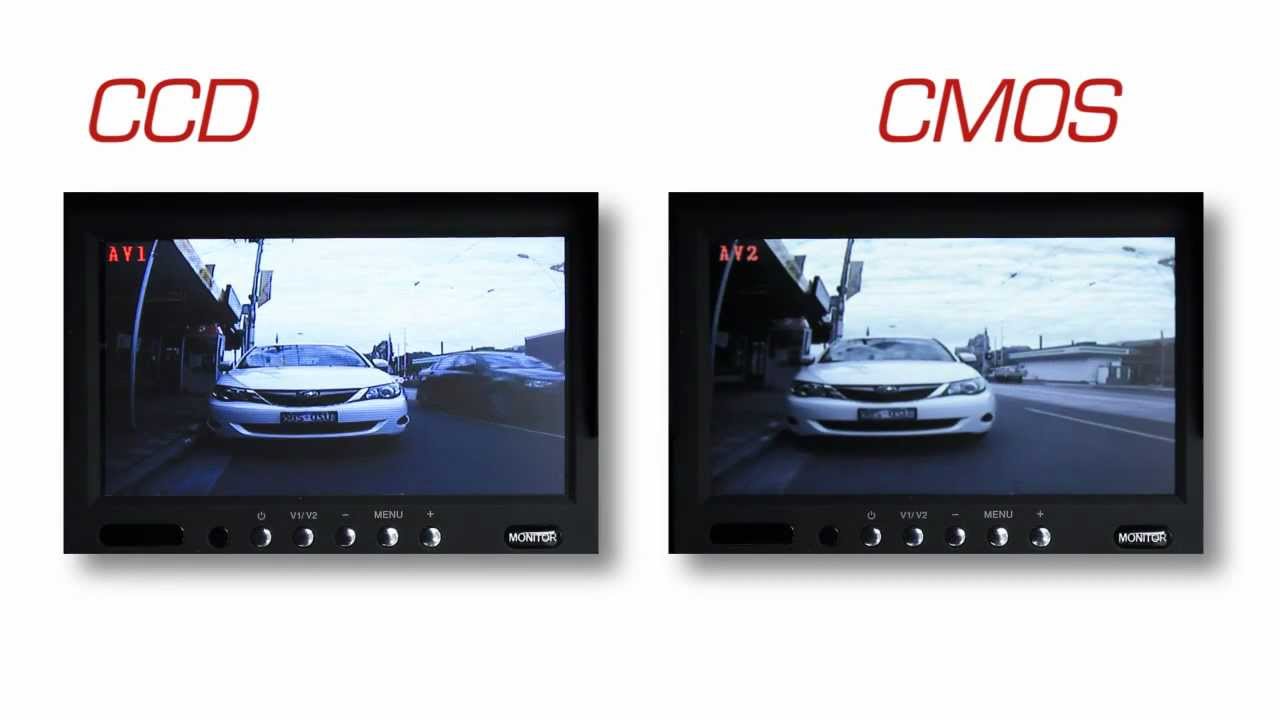
Difference Between Cmos And Ccd

Switching From Ccd To Cmos Basler

Laser Beam Profiling Metrics For Selecting The Right Laser Beam Profiler

What Are Ccd Or Cmos Image Sensors In A Digital Camera Howstuffworks

Ccd Vs Cmos Difference And Comparison Diffen

Cmos Vs Ccd Sensor Who Is The Clear Winner

Ccd Cmos Or Scmos All Products Ximea Support
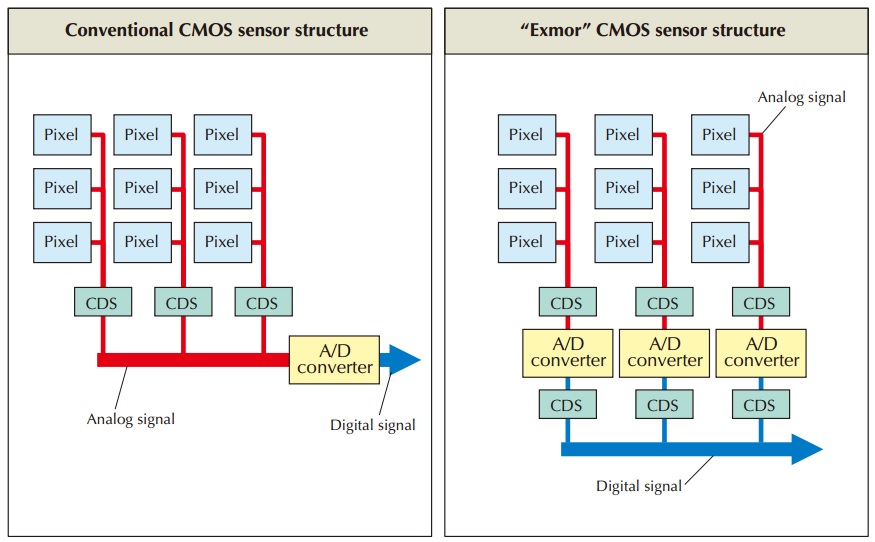
Ccd Vs Cmos Electronically Assisted Astronomy Eaa Cloudy Nights
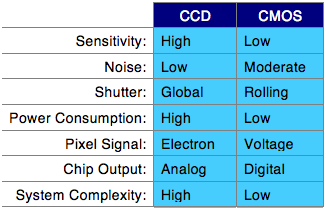
Ip Camera Image Sensor Guide Ccd Cmos Ip Phone Warehouse



